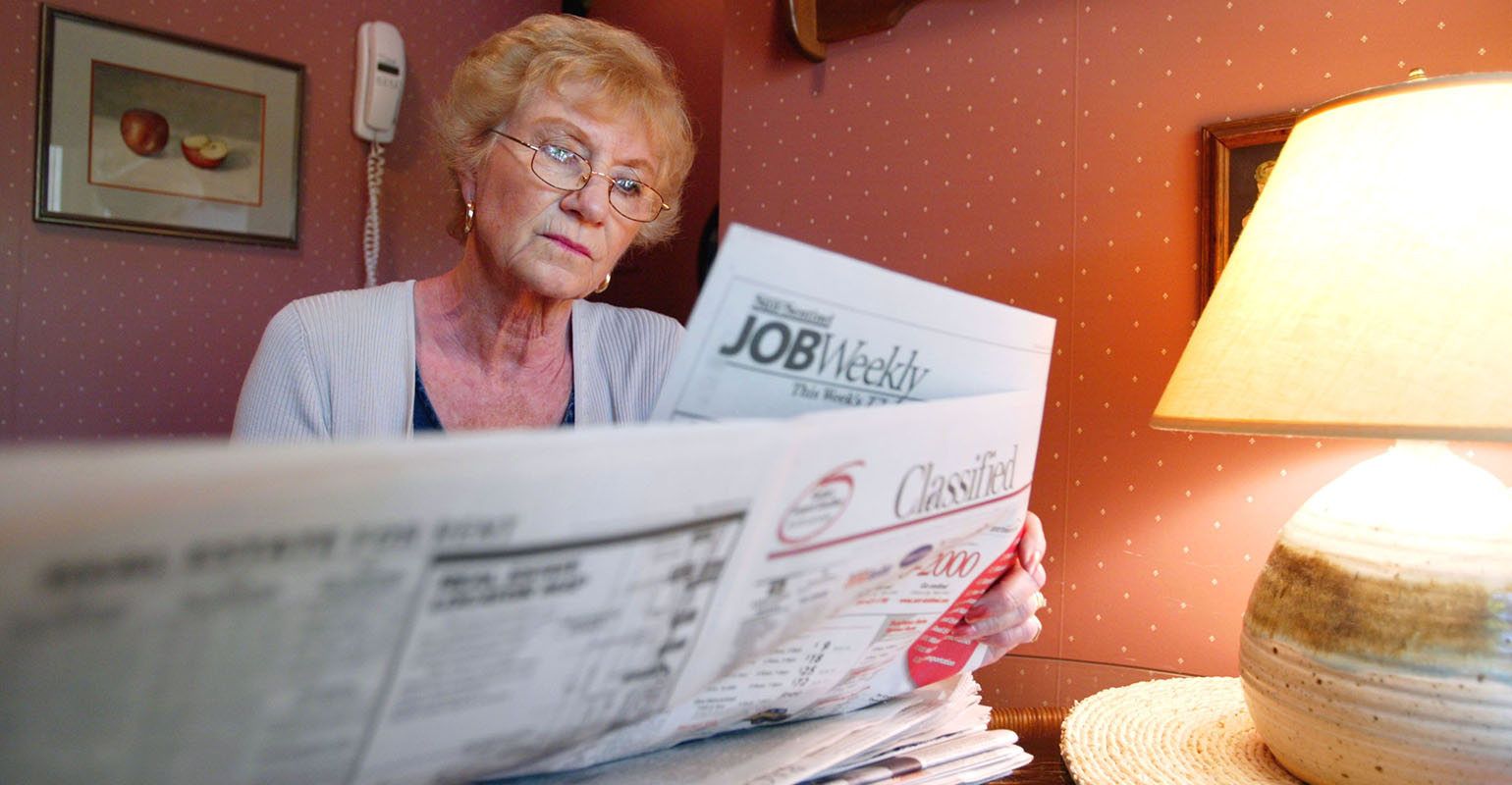(Bloomberg) — Americans have been warned for years of an impending retirement crisis. Yet the situation is getting worse.
Even when everything was going right — inflation was nonexistent, interest rates were low and stocks were in an extended bull market — there was a multi-trillion dollar savings shortfall.
Then came a pandemic, war in Europe, decades-high inflation, the fastest rate-hiking cycle since the early 1980s and fears of a recession. The resulting market turmoil erased some $3.4 trillion from 401(k)s and IRAs in the first half of 2022, according to Alicia Munnell, director of Boston College’s Center for Retirement Research.
Read more: New Tool Assesses Your Financial Well-Being: WealthScore
And that’s just for the people who have retirement accounts. About half of private-sector workers don’t have an employer-sponsored retirement plan, and many of those who do end up saving very little.
It’s a problem that isn’t easily fixed, and contributes to the sense that the American Dream is in decline. And while surging inflation and volatile markets are bad news for people in or nearing retirement, the picture may be even worse for young Americans who are priced out of the housing market, struggling to build wealth and buried under mountains of student-loan debt.
“Living standards are going to decline for a large portion of the population who are in retirement — that’s the concern,” said Richard Johnson, a retirement expert at the Urban Institute. “For people who are not in that age group, it’s still concerning because it could strain the social safety net.”
In 2019, Boston College estimated there was a $7.1 trillion retirement-savings shortfall among American households, with half of them facing a lower standard of living once they stop working. That number likely hasn’t changed much since then, despite the increase in stock and housing prices over the last three years, according to Munnell.
“The people who profited from that were people who weren’t at risk in the first place,” she said.
Millions of Americans face the reality of spending their senior years in straitened circumstances, struggling to make ends meet. So how did one of the wealthiest countries in the world end up in this situation?
Until the Great Depression, Americans worked until they died or simply couldn’t anymore, at which point they’d be dependent on charity or extended family for support. The misery of the 1930s prompted the introduction of Social Security to, as President Franklin Roosevelt said, protect “against the hazards and vicissitudes of life.”
The program was intended to provide a minimum level of support, with individuals and employers expected to supplement it as life expectancies rose and people spent more years in retirement. But the generous defined-benefit pension plans of old largely disappeared as companies cut costs and embraced 401(k)s.
“The plans work quite well for the top third of workers, not so much for the middle third and not at all for the lower third,” Munnell said. “The top third always work for companies with 401(k) plans, the middle third go in and out of employment with coverage and end up with much smaller balances, and the bottom third are generally not covered by any plan and are entirely dependent on Social Security.”
Things are likely to get worse as the Baby Boom generation retires. The number of Americans age 65 and over is set to increase to 73 million by 2030, or about 21% of the population, compared with 49 million or 15% in 2016, according to the Census Bureau.
There’s little appetite politically to attack the problem. The idea of a national auto-IRA that workers could take from employer to employer has been bandied about for more than 15 years, but the only real action has been at the state level. Even there, most state plans exclude the large and growing number of workers in the gig economy.
Even if Congress can make piecemeal reform, there’s an even bigger concern: Whether Social Security can survive in its current form. If no changes are made, the trust fund’s reserves are expected to run out by 2035, and Americans will receive only 80% of their expected benefits.
“I think something will be done before we get to that, but I keep worrying we’ll have to get awfully close to the abyss before any action is taken,” Munnell said.
To contact the author of this story:
Suzanne Woolley in New York at [email protected]


